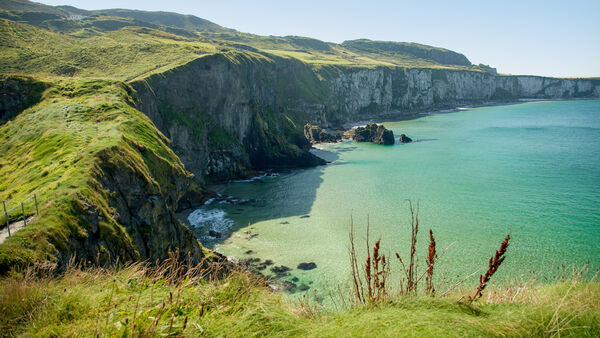When to Go to Ireland
By Rick Steves and Pat O'Connor
Peak season (June through early September) is our favorite time to visit because of the longer days (with daylight from 4:30 until 22:30). Note, however, that summer crowds affect Dublin, the Cobh/Cork region, and Belfast, partly due to increasing cruise-ship traffic. In summer, everything (accommodations, major sights, quality restaurants, experiences) can book up well in advance—it's wise to reserve far ahead for anything you'd like to do.
Travel during shoulder season (mid-April through May, plus late September through October) offers fewer crowds, less competition, and all the tourist fun, but increased odds of crummy weather. Smaller sights (in the countryside and small towns) may be closed at the edges of shoulder season.
Winter travelers experience no crowds and soft room prices, but also stiffer winds, colder rain, and shorter sightseeing hours (sights open only on weekends, or closed entirely). Live music and pub crawls are limited to weekends. Winter weather can be chilly, dreary, and blustery, dampening the island's rural charm, though city sightseeing is fine.
No matter when you go, expect rain. Just keep on traveling, and take full advantage of "bright spells."
Pat O'Connor is the co-author of the Rick Steves Ireland guidebook.


